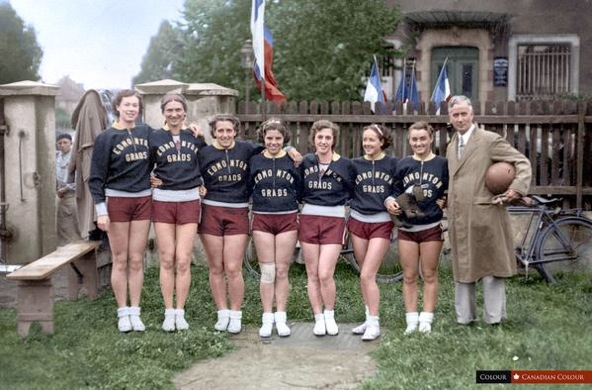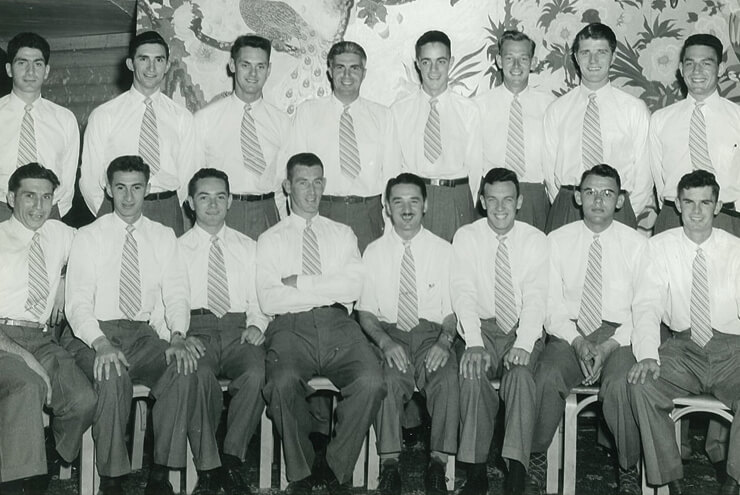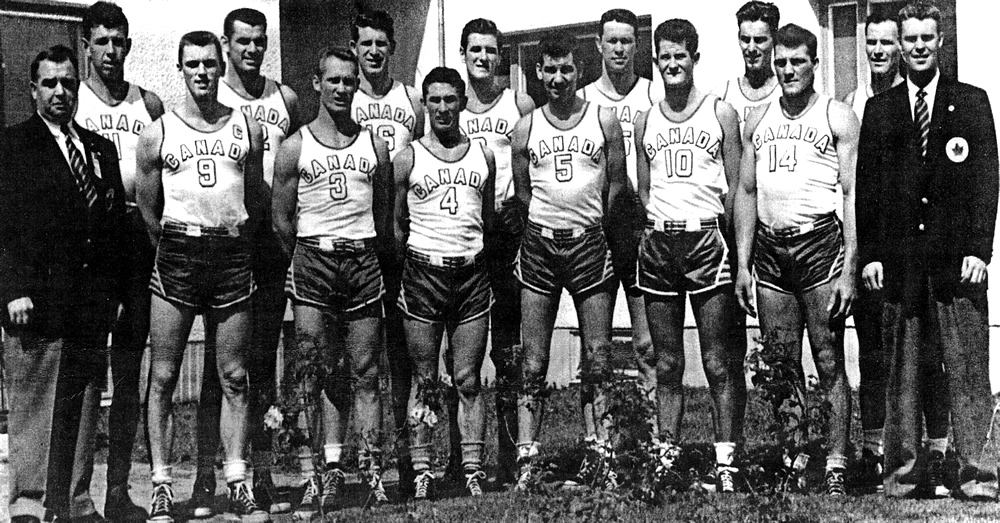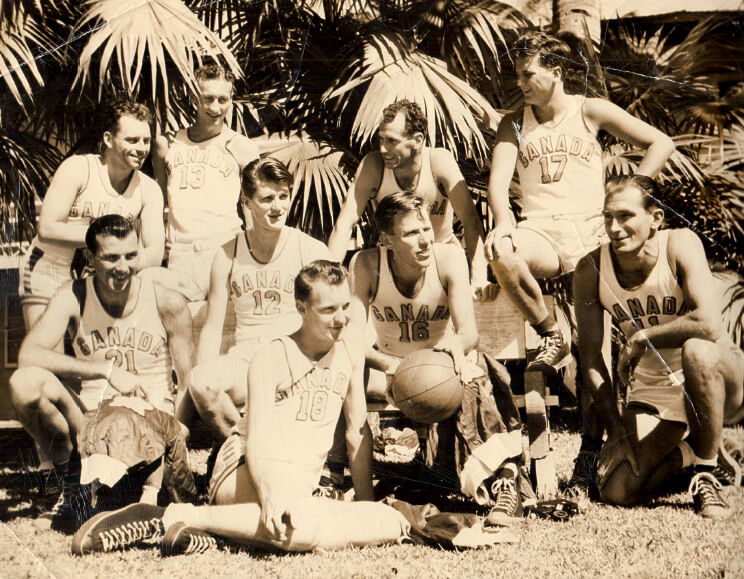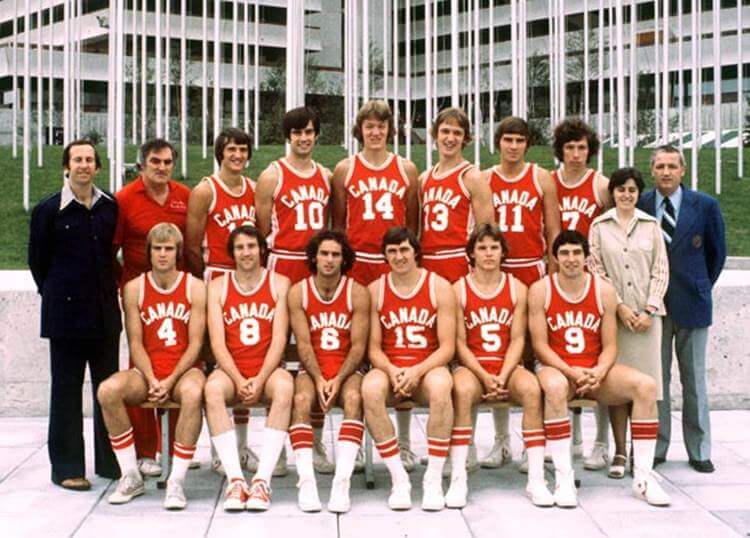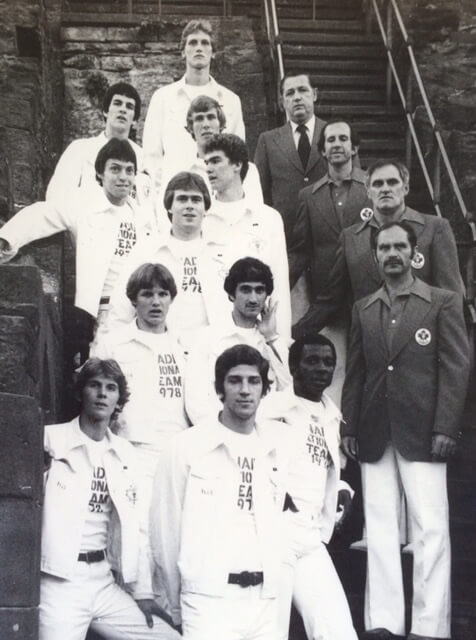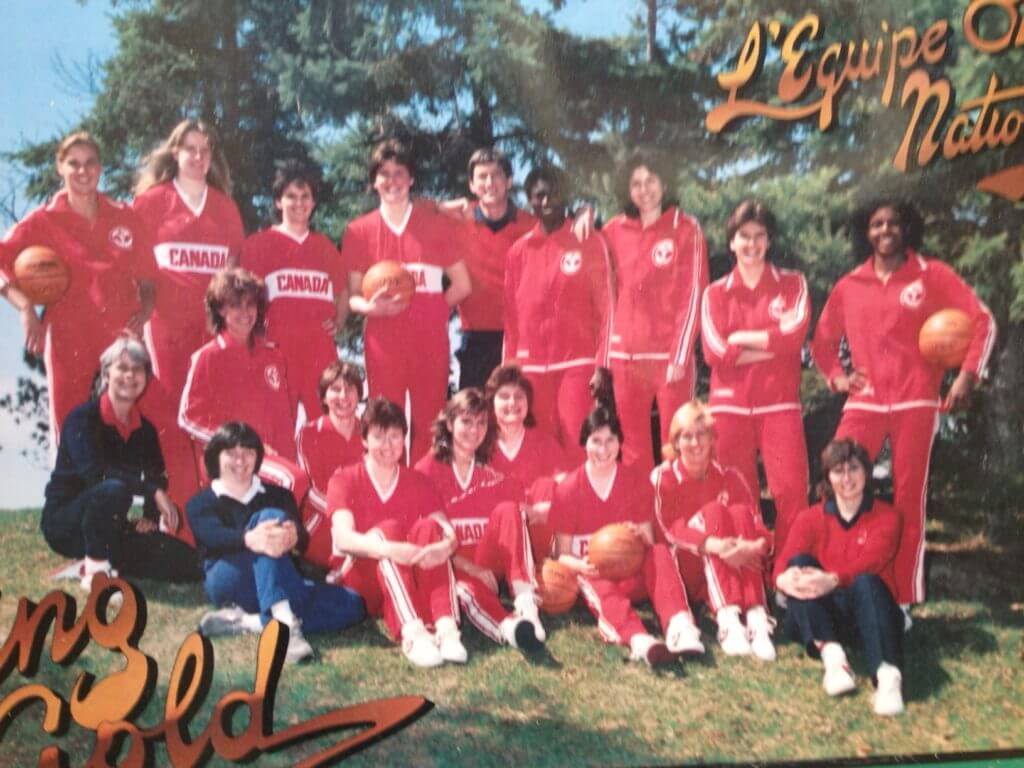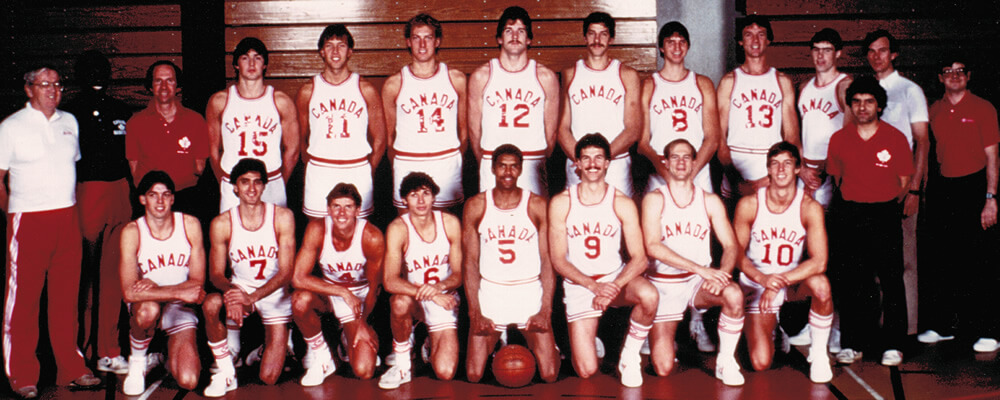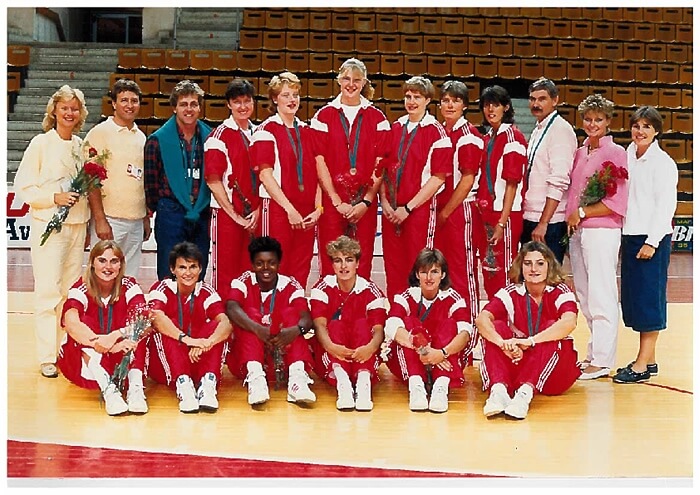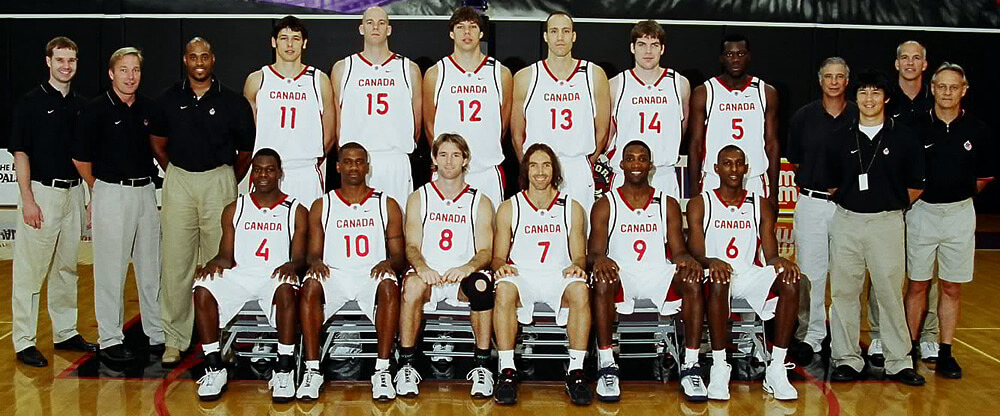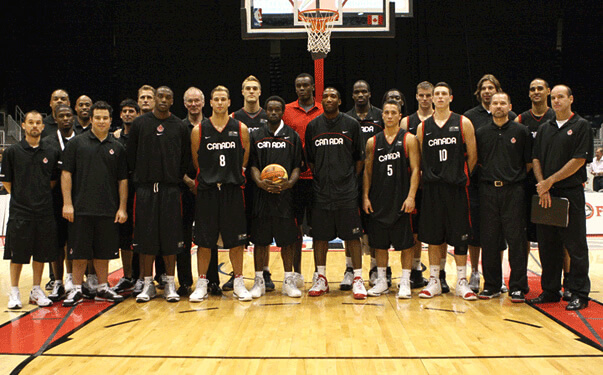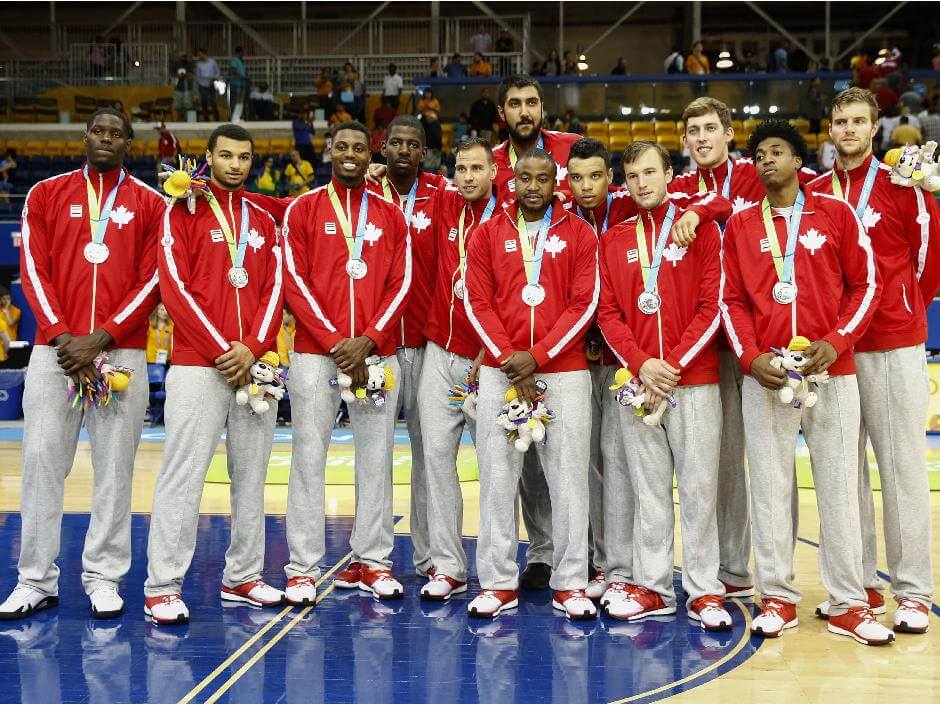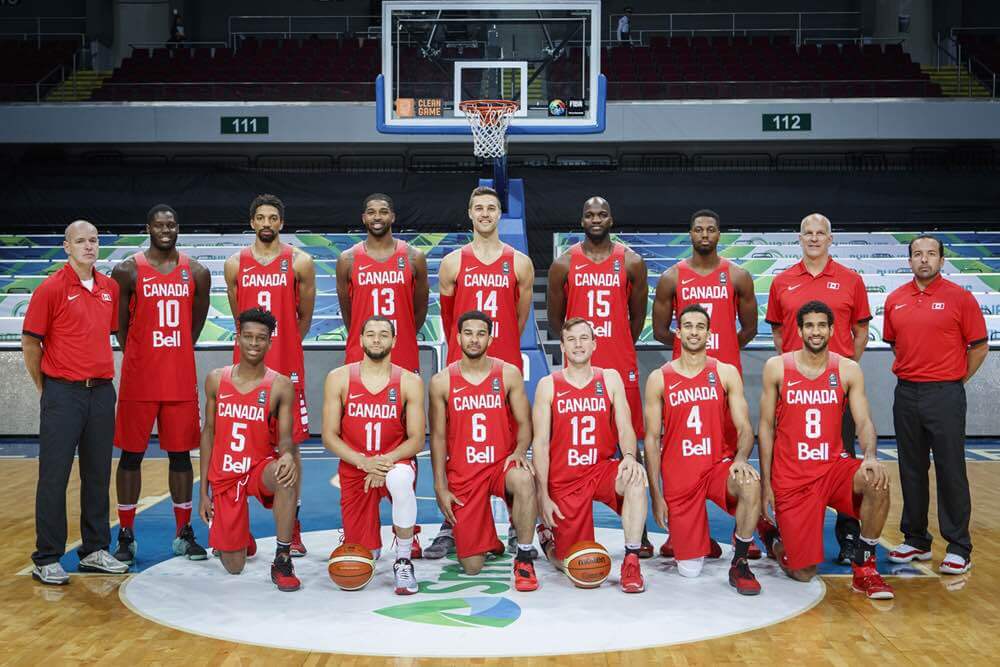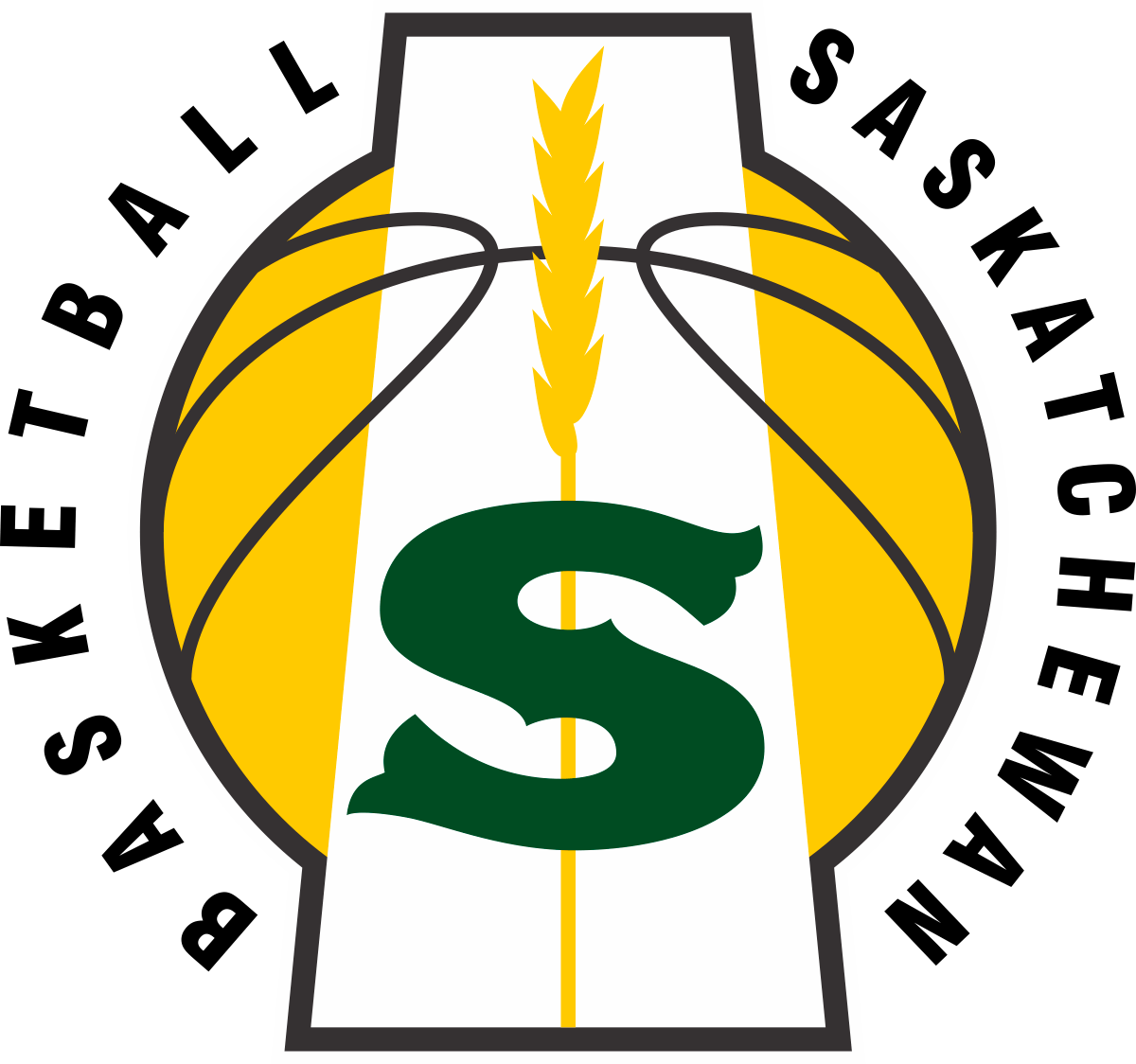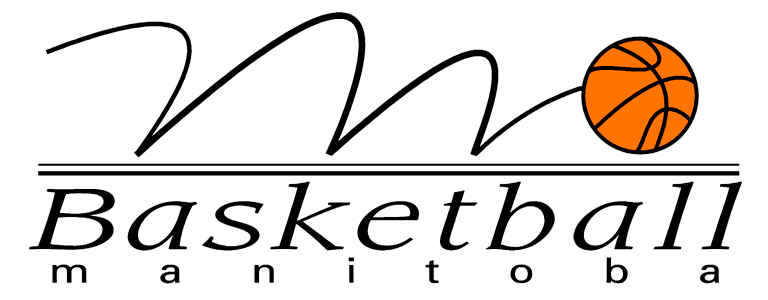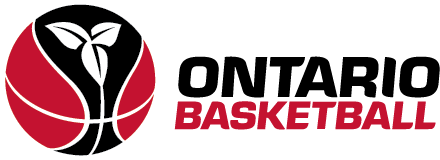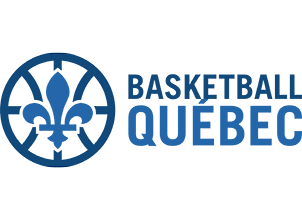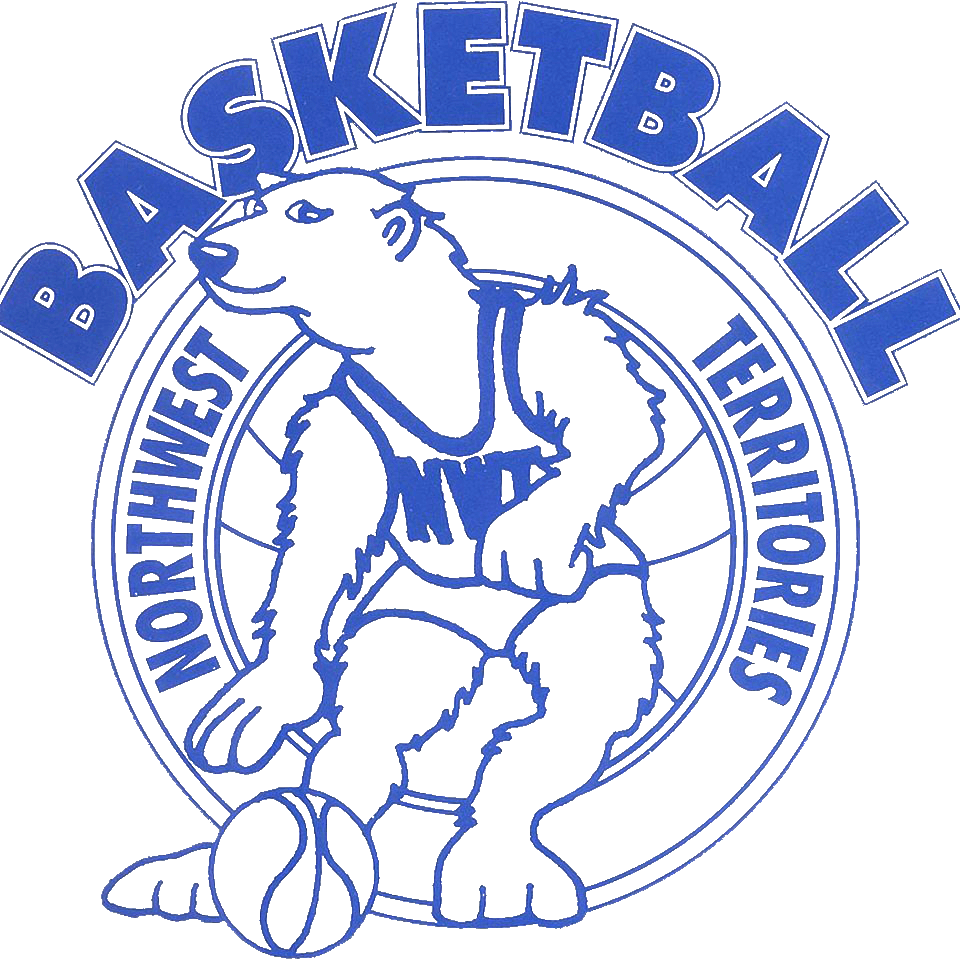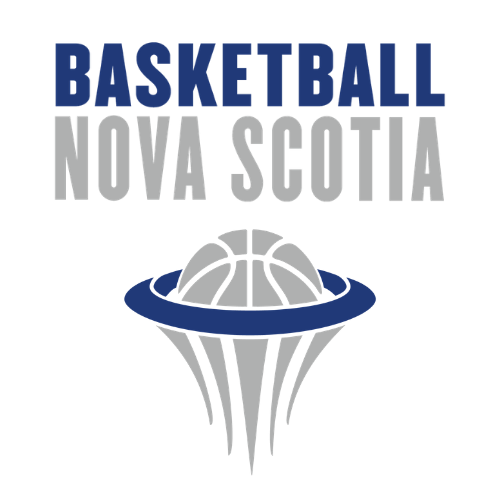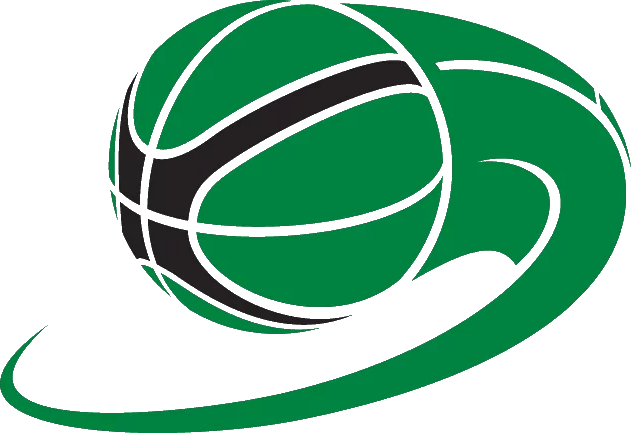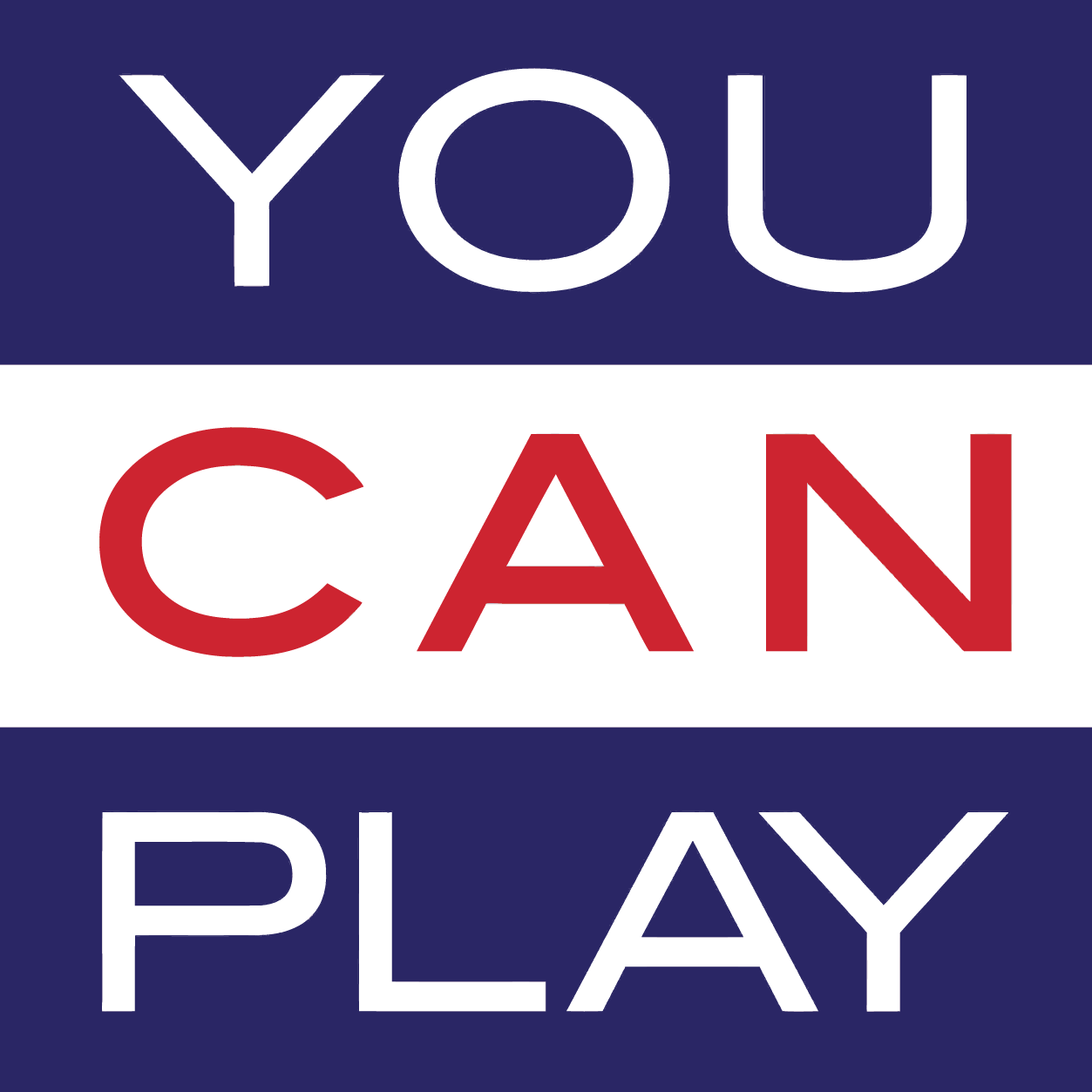Forever
the North
the Canadian National Basketball Team Alumni
Team Canada Basketball Alumni
The Canadian National Basketball Team Alumni continues to enrich our nation’s sports culture by preserving our storied basketball past while connecting and engaging with our Alumni to support and advance the sport of basketball in Canada. The Alumni will foster networking and other opportunities to reconnect former National Team players, coaches, builders and referees who share a passion for basketball in Canada, excellence in sport and the belief that Canada should be a perennial podium contender.
About the CBOC
Over X,X00 members of our National Team alumni have represented Canada at the Olympic Games, Paralympic Games, PanAmerican Games. We acknowledge and celebrate the sacrifice and dedication of the following men and women who have demonstrated high performance excellence on behalf of Canada.
1960
1950
1971
FIBA Women’s World Championships - 10th Place
1972
Munich, Men’s Pre-Olympic Team
1974
FIBA Men’s World Championships - 8th Place
1975
FIBA Women’s World Championships - 11th Place
1976
FIBA Women World Championships - 6th Place
1978
FIBA Men’s World Championships - 6th Place
1980
1980
Moscow, Men’s Olympic Team (Boycott)
1983
FIBA Women’s World Championships - 9th Place
1990
1990
FIBA Men’s World Championships - 11th Place
1990
Seoul Olympics, Men's Team - 6th Place
1994
FIBA Men's World Championships - 7th Place
1994
FIBA Women’s World Championships - 7th Place
2000
2002
Dagau FISU Games - Mens Bronze Medalist
2002
FIBA Men’s World Championships - 13th Place
2002
FIBA Women’s World Championships - 13th Place
2010
2010
FIBA Men’s World Championships - 22nd Place
Hall of Fame - Mission Statement
The mission of the Hall of Fame is “to recognize, honour, immortalize and enshrine the contributions to the development and advancement of basketball in Canada or internationally.”
Select an induction class:
Nomination Information
Subject to the nomination criteria, any person is eligible for election as an Honoured Member of the Canadian Basketball Hall of Fame who has achieved an outstanding record of excellence, in the following categories:
Athletes are individuals who, while Canadian citizens, have participated as a player at an elite level and have achieved outstanding and extraordinary success as a player in the sport of basketball at the amateur and/or professional level.
Teams are made up of athletes who represent Canada, a province, a municipality or a Canadian organization or corporation that have accomplished outstanding or extraordinary results nationally and/or internationally that has brought prominence to the sport of basketball in Canada.
Coaches are individuals whose tireless efforts and expertise in the development and training of basketball athletes has made an outstanding and extraordinary contribution to the sport of basketball in Canada and/or internationally.
Officials are individuals who have exhibited outstanding and extraordinary skill and expertise as referees, as evidenced by their participation at an elite level of competition, nationally and/or internationally. Ideally, such individuals will also have contributed significantly to the training and development of basketball officials in Canada.
Builders are individuals who have made outstanding and extraordinary contributions towards the promotion, development and advancement of basketball in Canada, and without restricting the generality of the foregoing may include administrators, officials, trainers, managers, coaches and doctors. Such contribution should be national in scope.
i) All nominations for Awards or for induction into the Hall of Fame shall be submitted to the National Office, or other such office as may be determined from time to time and at the sole discretion of Canada Basketball and the Board of Directors, before the established deadline for submissions.
ii) Nominations will be accepted from the following:
Board of Directors
Canada Basketball Class A or Class B members in good standing
Selection panel or Veterans Committee members
General public
iii) All nominations shall be in writing and shall contain a complete record of the merits and achievements of each candidate.
iv) All submitted nominations must be professional in nature and include, at a minimum, the following information in order to be considered for inclusion onto the Hall of Fame ballot:
Nomination Form
Cover letter (maximum 1 page) - A brief overview of the reason why the nominee should be considered for the Hall of Fame and how this nominee reflects the values of Canada Basketball:
Purpose - We are principled, focused and strategic in pursuing our vision.
Excellence - We are innovative, performance-driven and results oriented.
Team - We believe in the power of "team" on the court, in our communities and across the country.
Nation - We take pride in representing Canada to the world.
Biography (maximum 4 pages) - A complete and detailed biography of the nominee's accomplishments.
Letters of Support (3-5 letters) - At least three letters (no more than five letters) of support from members in good standing who have direct knowledge of the value and impact of the nominee's achievements and who support the nomination.
Additional Material - Statistical information, copies of news clippings, photos, and other supporting documents (if available) during the nominees era.
v) Failure to provide this information will result in the non-consideration of the nominated candidate.
vi) Canada Basketball encourages nominations for all qualified individuals and teams. The organization is committed to equity and diversity and welcomes nominations for women, visible minorities, Aboriginal Peoples, persons with disabilities, and persons of any sexual orientation or gender identity.
Nominees must be:
A Canadian Citizen, or
A resident of Canada for a minimum of 3 years, or
Born in Canada, or
Made their distinguished contribution to the game of basketball in Canada.
Players must be retired from playing status at their highest level of competition (e.g. National Team, NBA/WNBA, CEBL, U Sports, etc.) for 3 years before they are eligible for nomination.
Voting for players must be based on the player’s record, playing ability, integrity, sportsmanship, character, and contribution to the teams on which the player participated. The player’s overall contribution to the game of basketball in general must also be considered.
For teams to be eligible for nomination, 3 years must have elapsed from the date of the significant milestone which forms the basis for the nomination.
For coaches to be eligible for nomination, the nominee must be retired from professional coaching activity for 2 years or have been an active coach for at least 15 years.
For officials to be eligible for nomination, the nominee must be retired from professional officiating activity for 2 years or have been an active official for at least 15 years.
Builders are exempt from specific timelines with respect to nomination.
The National Basketball Teams Alumni Association (“NBTAA”) is an association of former Canadian National Basketball Team members (men and women) whose mission is to enrich our nation’s sports culture by preserving our storied basketball past while connecting and engaging with our Alumni to support and advance the sport of basketball in Canada. The NBTAA will foster networking and other opportunities to reconnect former National Team players, coaches, builders and referees who share a passion for basketball in Canada, excellence in sport and the belief that Canada should be a perennial podium contender.
Dr. James Naismith
James Naismith, 74 years old, stood at centre court, leather basketball in hand, to toss up the opening tip-off between France and Estonia at the 1936 Summer Games in Berlin, Germany. It was the first official basketball game in Olympic history, and the sport had come a long way in a relatively short period of time.
Just 45 years earlier, in search of a new indoor activity during the snowy New England winters, Naismith introduced the game he’d devised to his students in Springfield, Massachusetts in an indoor activity during the snowy New England winters, borrowing from one of his favourite childhood games growing up nearby Ottawa. Basketball spread across North American campuses like wildfire. Still, surely Naismith couldn’t have anticipated the sport’s worldwide reach leading to this moment. Or that as the years passed the game would only grow bigger, eventually becoming one of the most-played and influential sports on the planet, turning its Canadian inventor into an icon in the process.
Naismith was born on November 6th, 1861 in the Ottawa Valley’s Ramsey Township and raised in Almonte, Ontario. At the age of nine he lost both parents to Typhoid fever and he and his two siblings moved in with their uncle in nearby Bennie’s Corners, where Naismith spent his free time playing with friends outdoors. One of the most popular games on the schoolyard was called "duck on a rock," in which kids would try to knock down a rock perched on a large stone by throwing smaller rocks at it from 15 feet away. There would be a designated guard to protect the rock, and so you had a better chance of dislodging the rock by tossing a high-arching shot out of the guard’s reach.
By the time a 21 year-old Naismith enrolled at McGill University in Montreal, he was a standout athlete who competed in lacrosse, football, rugby, soccer and gymnastics. In 1867 he won the Wicksteed gold medal, awarded to the top athlete of the graduating class.
After leaving to study theology at Presbyterian College he continued to work at McGill, becoming the school’s first full-time Phys. Ed. instructor. Once he graduated from the college in 1890, he didn’t pursue traditional ministry like his peers but instead saw an opportunity to impact young people through sport. He left Montreal and joined the International YMCA Training School in Springfield, Mass. (later known as Springfield College) and in 1891 became an instructor.
That winter, the school’s director of physical education, Dr. Luther Gulick, asked Naismith to design a game that students could play inside the gymnasium, the only stipulation being that he must "make it fair for all players, and free of rough play.
"Inspired by "Duck on a rock" and his childhood in Ontario, Naismith set about creating what he’d call Basket Ball. On December 21, 1891, he brought his students into the gymnasium, split them into two teams of nine, and explained his game.
"I showed them two peach baskets I’d nailed up at each end of the gym, and I told them the idea was to throw the ball into the opposing team’s peach basket," Naismith recalled in a 1939 radio interview. "I blew a whistle, and the first game of basketball began."
That first game was far from what the inventor had envisioned.
"The boys began tackling, kicking and punching in the clinches," he recalled. "They ended up in a free-for-all in the middle of the gym floor. Before I could pull them apart, one boy was knocked out, several of them had black eyes and one had a dislocated shoulder."
He quickly went about devising a set of 13 rules, affixing them to the wall of the Springfield gymnasium. On January 15th, 1892, the rules were published in the school newspaper. Over a century later, in December 2010, Naismith’s original hand-written rules were put up for auction by the Naismith International Basketball Foundation and sold for $4.3 million, a record price for sports memorabilia.
In Springfield, basketball’s popularity soared on campus, and students took the game with them as they graduated. Soon it was being played on campuses around North America, with the first intercollegiate game believed to have taken place in 1895.
When Naismith took the position of associate professor of physical culture and chapel director at the University of Kansas in 1898, he established a basketball program at the school and became the head coach. To this day, Kansas has the second-most victories of any other college program in the United States. But Naismith’s 55-60 coaching record makes him the only losing coach in the program’s history.
Naismith handed coaching duties to his student, "Phog" Allen in 1907 and began to look for new ways to make an impact. He was a volunteer chaplain with the Kansas Army National Guard and in April, 1917, was dispatched to help soldiers in France during the First World War. When he returned to Kansas two years later, he assumed the role of campus physician at the University of Kansas, where he stayed until his retirement in 1937.
By then, he had witnessed firsthand how much his game, basketball, had grown worldwide. The ‘36 Olympics in Berlin was a particularly proud moment for Naismith, who passed away on November 28th, 1939 in his Kansas home.
He didn’t get to see how much more the sport would continue to blossom, and would surely have had trouble believing it’s global reach. In 2007 FIBA estimated that more than 450 million people play the game worldwide. In Canada, a 2013 report found that basketball was the fourth-most popular
sport — and rising —among Canadian children.
In 1978 Naismith was honoured as part of the inaugural class of the Canadian Basketball Hall of Fame.



